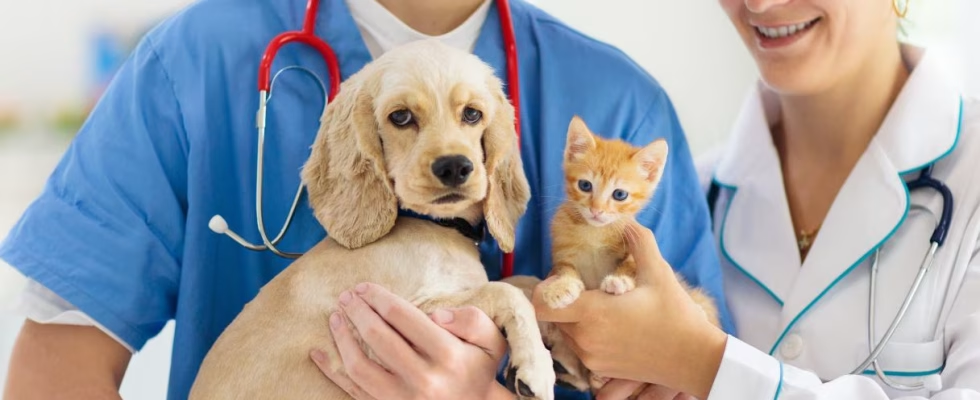Your pet relies on you for their health and well-being. Knowing when to take your pet to the vet is crucial. You must pay attention to changes in behavior, appetite, or energy levels. These can signal underlying issues. Trust your instincts if you notice something unusual. For example, if your pet stops eating or seems sluggish, these are signs you shouldn’t ignore. Look for physical changes like swelling, wounds, or difficulty breathing. These require immediate attention. Watch for persistent vomiting, diarrhea, or coughing. These symptoms should prompt a visit to the veterinary hospital in Dana Point, CA. It’s vital to address these issues promptly to prevent complications. Regular check-ups are important too, ensuring your pet stays healthy. Follow your vet’s advice on routine care. Always be proactive about your pet’s health. You may prevent future health problems by seeking help early. Prioritize their well-being and act when needed.
Signs That Need Immediate Attention
Understanding which signs need immediate attention can save your pet’s life. If your pet has trouble breathing, this is a critical sign. Heavy panting, wheezing, or gasping for air means you should see a vet right away. Seizures or severe injuries are also emergencies. Don’t wait. Get your pet to the vet quickly. Sudden collapse or weakness should also be taken seriously.
Common Emergency Signs:
- Trouble breathing
- Severe injury
- Collapse or extreme weakness
- Seizures
When Appetite or Thirst Changes
Changes in appetite or thirst can signal health issues. If your pet refuses food or water for more than a day, contact your vet. Increased thirst could indicate problems like diabetes or kidney disease. Monitor these changes closely and don’t delay seeking advice.
Behavioral Changes to Monitor
Behavioral changes often reflect health problems. If your pet becomes aggressive, withdrawn, or shows signs of distress, consult your vet. Pay attention to sudden changes in sleep patterns or if your pet seems confused. These might indicate neurological issues.
Routine Care is Essential
Regular check-ups are key to maintaining your pet’s health. Vets can catch issues early with routine exams. This preventive care reduces the risk of severe diseases. Schedule vaccinations and dental care regularly.
Comparison of Common Pet Health Symptoms
| Symptom | Possible Cause | Action |
|---|---|---|
| Not Eating | Stress, Illness, Dental Pain | Visit Vet if > 24 hours |
| Excessive Thirst | Diabetes, Kidney Issues | Consult Vet |
| Lethargy | Illness, Injury | Observe, Consult Vet |
| Vomiting | Dietary Indiscretion, Infection | Vet Visit if Persistent |
Trusting Your Instincts
Your gut feeling is a powerful tool. You know your pet’s normal behavior. If something feels off, it’s better to err on the side of caution. Even minor issues can escalate. Early intervention can prevent suffering and save on costs.
Conclusion
Your pet’s health is in your hands. Recognize the signs that require veterinary attention. Act promptly to protect your pet from potential health crises. Remember to schedule regular check-ups to keep your pet in optimal health. For additional guidance, refer to National Academies of Sciences, Engineering, and Medicine. Your proactive approach can make all the difference in your pet’s life. Always give them the care they deserve.


